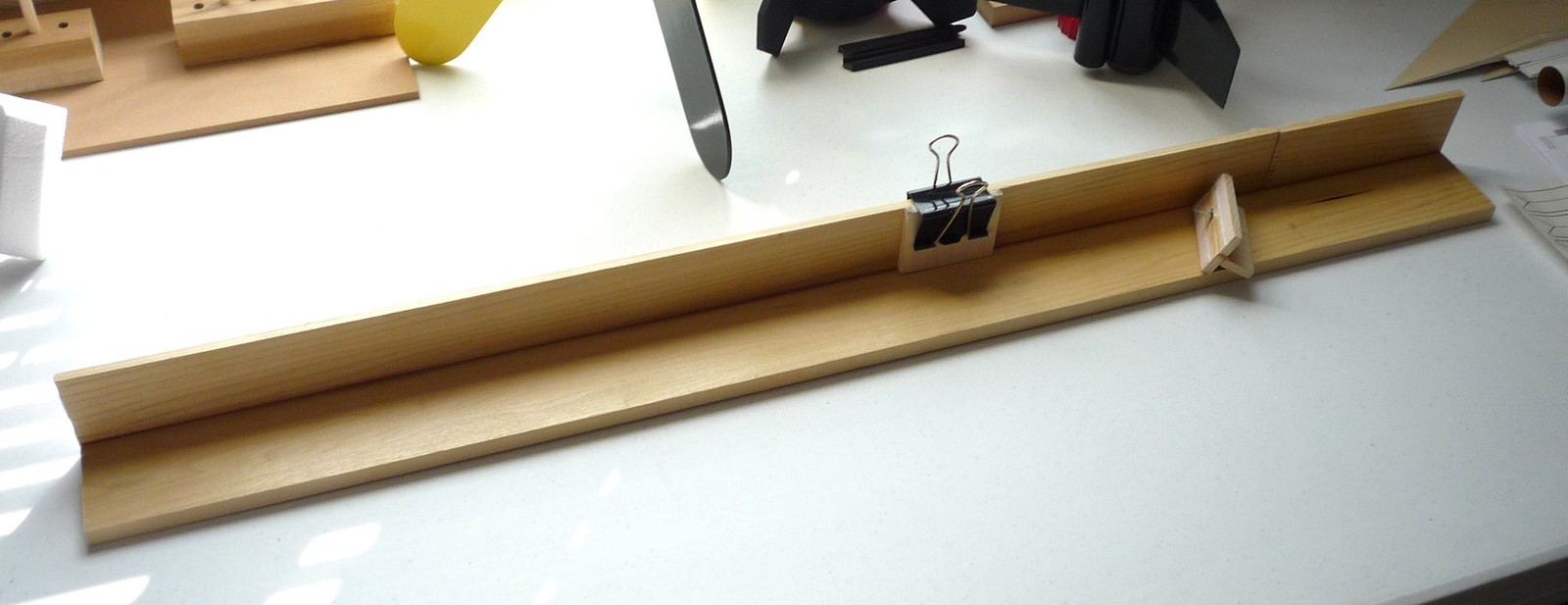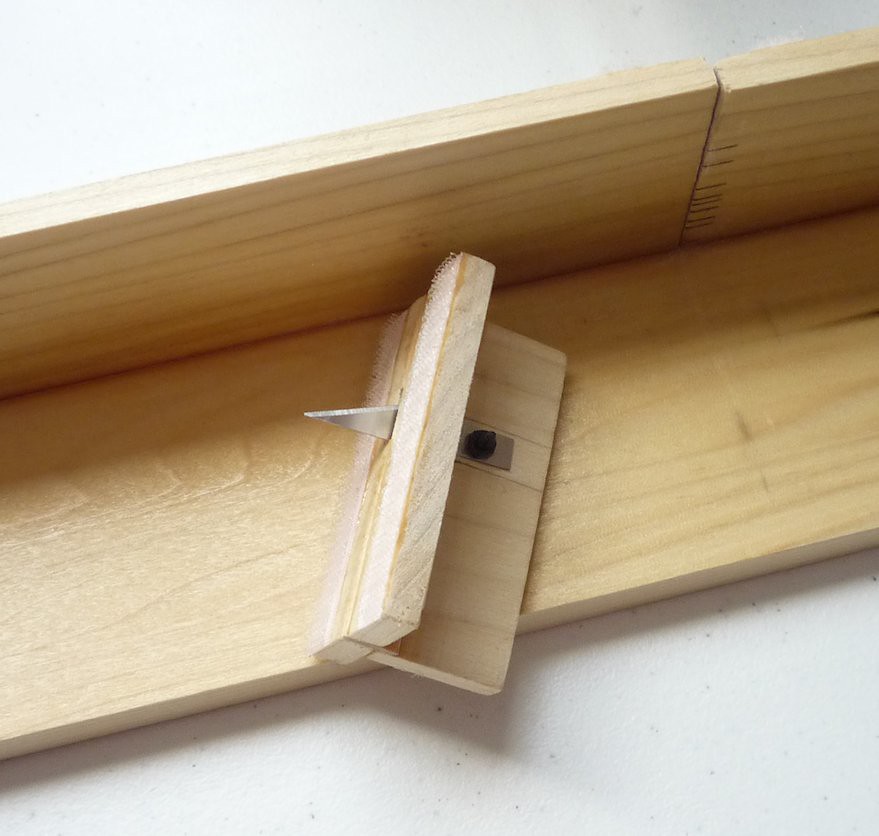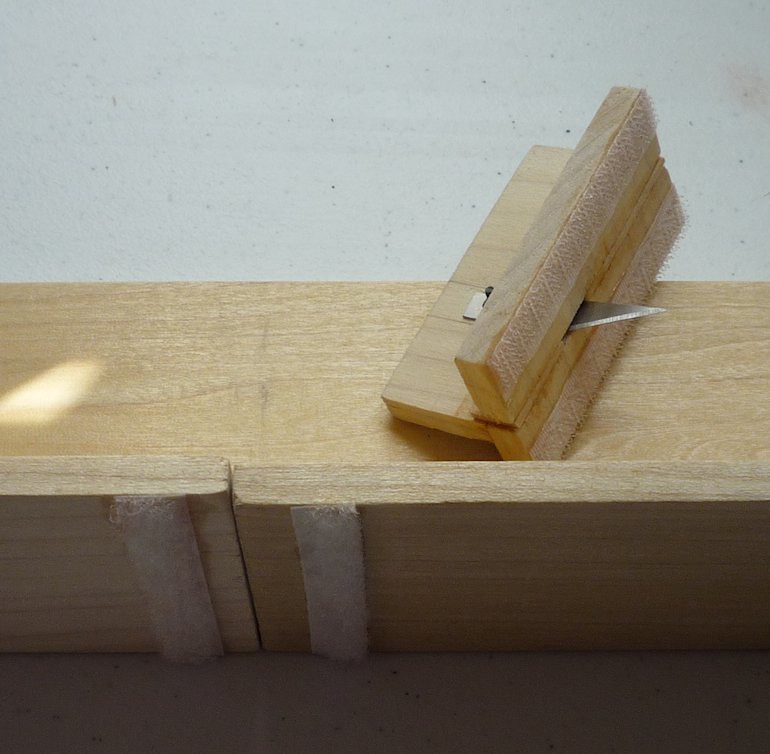watermelonman
Well-Known Member
- Joined
- Sep 22, 2014
- Messages
- 2,597
- Reaction score
- 10
I want to slice a cardboard tube, certainly easy enough, but want a flat and straight cut. This time around it is 3 inch and definitely large enough to show ugly gaps and ridges where it is joined back with a coupler in the completed rocket.
It would be great if I had some kind of table mounted and hinged power saw, but my tools and workshop are not even close to that level. What other techniques could I apply to get a nice straight cut?
It would be great if I had some kind of table mounted and hinged power saw, but my tools and workshop are not even close to that level. What other techniques could I apply to get a nice straight cut?











